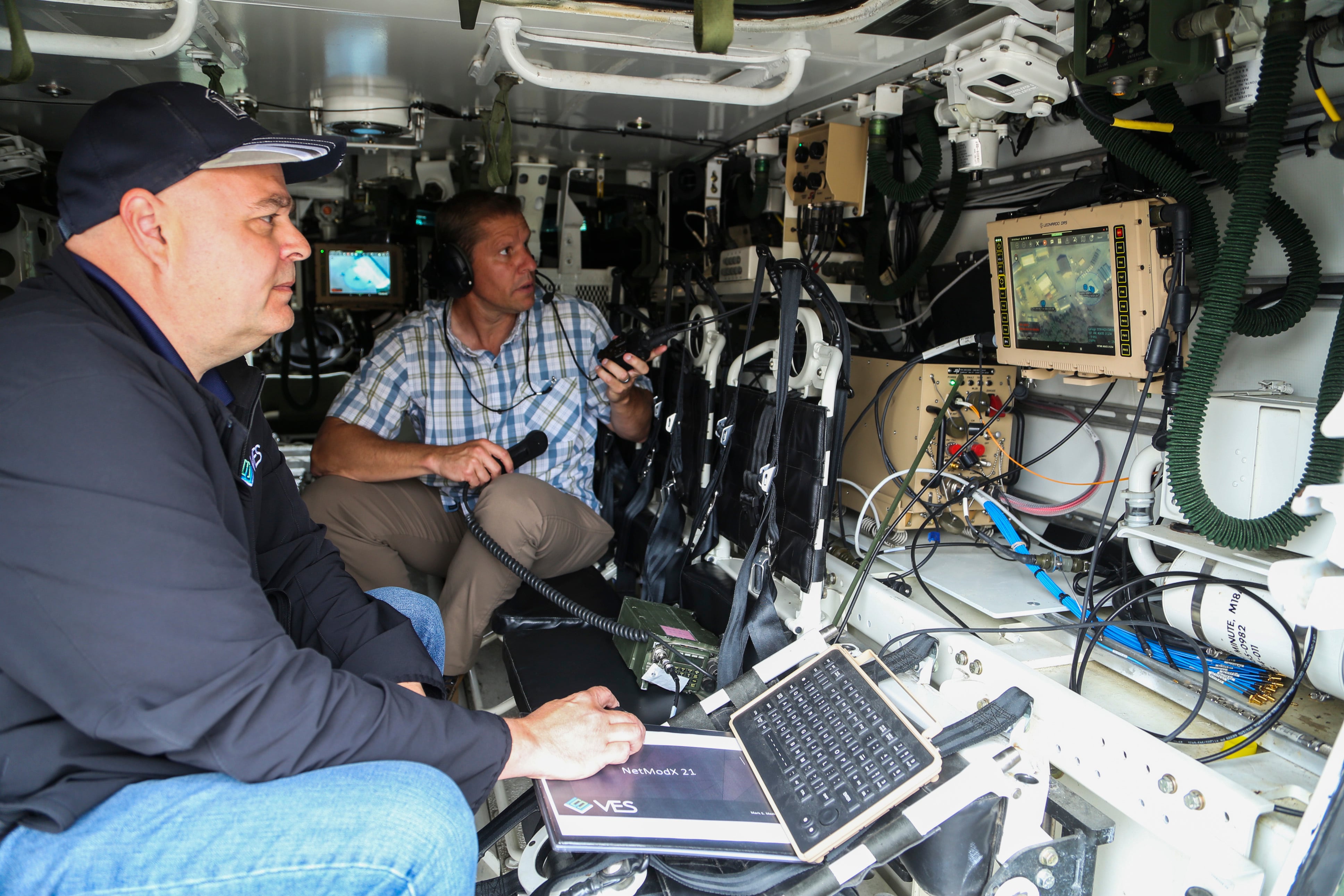WASHINGTON —The Army aviation branch, which has long been seeking a modular open systems architecture for future aircraft, is refocusing its attention on past failures and new processes to ensure these next-generation aircraft are able to seamlessly receive new capability.
The service is trying to develop and field two future vertical lift aircraft: the Future Long Range Assault Aircraft and the Future Attack Reconnaissance Aircraft, both by about 2030.
The Army has struggled to produce new aircraft in recent decades, and critics argue the service is being too ambitious in pursuing two aircraft at once. But additional investments in MOSA upfront could help the Army successfully integrate capability at a lower cost by continuously boosting competition, a recent Center for Strategic and Budgetary Assessments report found.
In creating an “open ecosystem,” MOSA would “help avoid costly and time-consuming redesign to accommodate both hardware and software upgrades by making standards and interfaces readily available,” the report said.
RELATED

MOSA could also reduce long-term operations and sustainment costs, which often account for much more of a program’s cost — roughly 70 percent — over its life cycle, the report found.
MOSA is not “a complex thing to understand,” Brig. Gen. Robert Barrie, the service’s program executive officer for aviation, said in an interview with Defense News ahead of the Association of the U.S. Army’s annual conference.
“The thought is that we want to invest in capability once and then we want to be able to apply that capability very affordably across multiple platforms,” he continued. “To date, we have been immensely challenged in our ability to do that.”
Maj. Gen. Wally Rugen, who is in charge of Army Future Vertical Lift modernization, said during the same interview that the “approach gives us an opportunity to address the real critical path on affordability.”
Barrie said an example of how MOSA might be used is that the Army would require a vendor to modularize the design of an aircraft engine so it can perform maintenance or replace individual modules without replacing the entire engine.
“This leads to both significant cost savings and an increased readiness of our aircraft,” he said, noting those are two of the program office’s MOSA objectives.
The Army is also requiring adherence to government-defined interfaces and use of identified consensus-based standards, according to Barrie. This is meant to allow the service to better manage integration and modification to the platforms and systems “so that they are more cost effective, result in quicker tech insertions and reduce supply chain risks.”
Developing a capability once and applying it across the fleet will also schedule pressure, he added.
The Army has been working on MOSA for over a decade, Rugen said. Much of that was during the Army’s Joint Multi-Role Technology Demonstration, in which two competitive demonstrator aircraft flew over the course of several years.
“I don’t want to oversell it, but we’ve had some initial prototyping out at Project Convergence and Edge 21 to understand some of the use cases within MOSA,” Rugen said, “They’ve been blunt instruments, but we’ve moved the ball and then that’s fed back into the architecture working group” within PEO Aviation.
Project Convergence is an annual assessment of how emerging technology and tactics, techniques and procedures can come together to defeat advanced adversaries with high-end capabilities in a future fight. The exercise is kicking off this month. Edge 21, conducted in May, evaluated capabilities for the aerial tier in preparation for Project Convergence.
The Army has looked at past failures with MOSA. Barrie said the problems were often related to the service’s lack of a good governance process to manage who determines the systems and architecture used for each aircraft.
“We didn’t have policy written both inside the PEO and the Army that said these are the guiding principles of an open system approach and here’s how you will, from a policy perspective, develop these things,” he said.
The Army also didn’t align its investments properly, and requirements were not written to address an open systems approach, he noted.
PEO Aviation has established a MOSA transformation office as one way to stay organized in the process. Before any investment in a program is made on any capability on a platform now, it gets run through the office to determine if it meets MOSA criteria, Barrie said.
“If it doesn’t, why?” he added. “And we can bring it forward and make recommendations about how we can do it in a better way.”
An architecture collaboration working group, consisting of over 700 participants across academia and industry, is working with the FVL modernization team to ensure it’s moving in the right direction on MOSA.
The Army would define MOSA success as an architecture that gives the service the ability to upgrade its systems at the pace of technology, Rugen said.
“Commanders will be able to rapidly update critical capabilities creating multiple dilemmas for our adversaries,” he said. “MOSA saves time and lowers future operations and support costs.”
Jen Judson is an award-winning journalist covering land warfare for Defense News. She has also worked for Politico and Inside Defense. She holds a Master of Science degree in journalism from Boston University and a Bachelor of Arts degree from Kenyon College.








